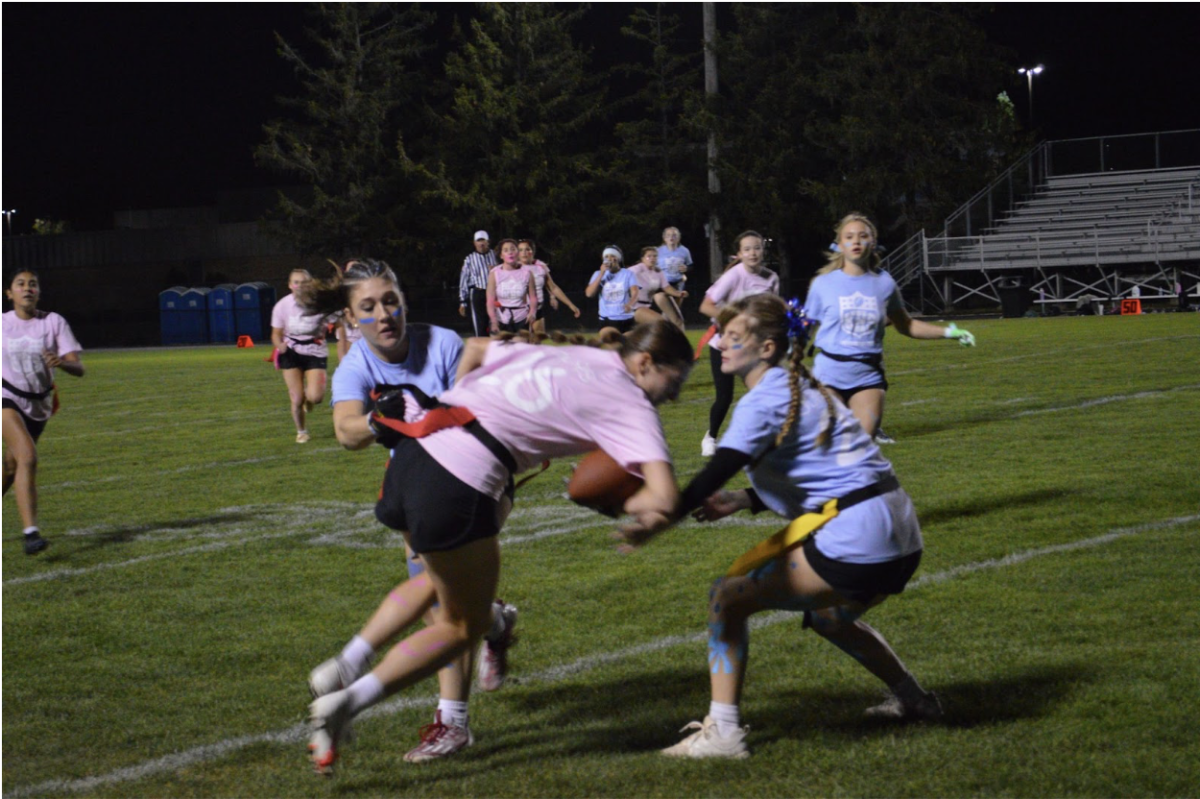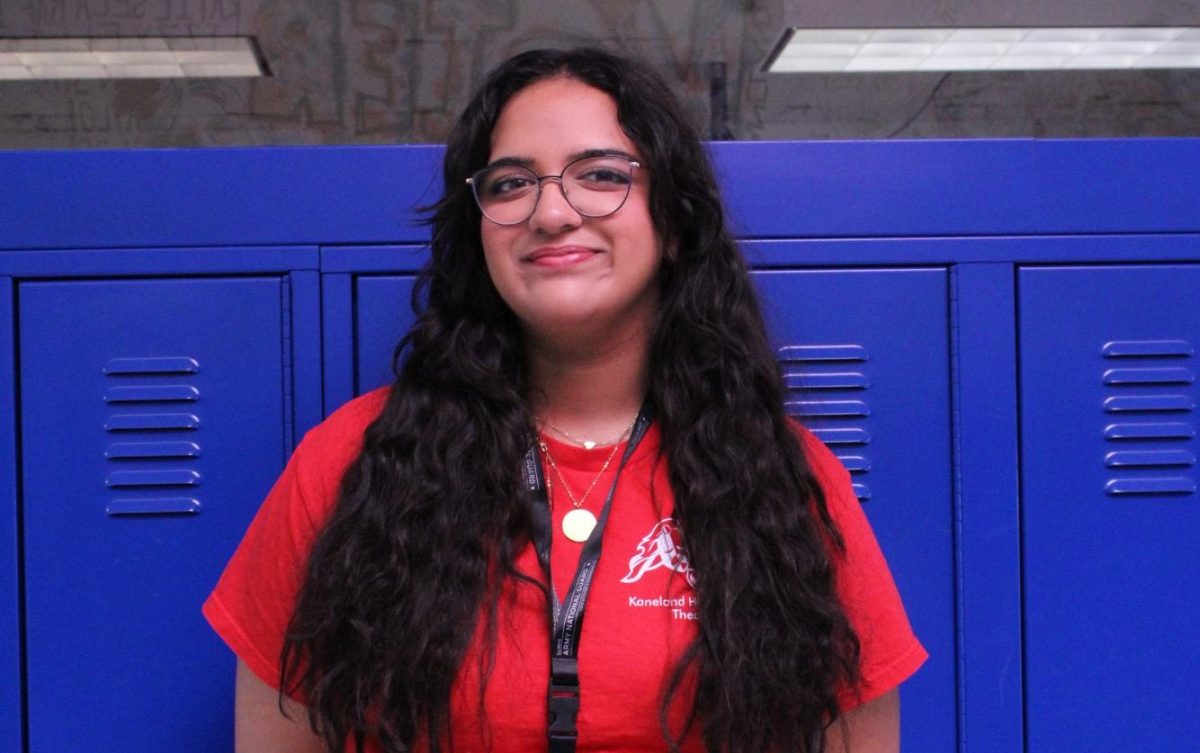Now that the new school year has begun, most students know that Kaneland High School has returned to a traditional grading approach after the past several years of a standards-based grading (SBG) system. While some students and parents may have struggled with elements of SBG, a different grading system brings its own challenges.
Traditional grading is based on a system of percentages and letter grades; a student’s performance in a class will be communicated as a percentage, which will then align with a letter grade based on a traditional grading scale.
Kaneland’s approach to SBG differed from traditional grading because it required teachers to create standards for their curriculum that they then used to assess students’ learning. Teachers evaluated students using various proficiency tables, with students’ scores being reported on a scale of 0-4. A four represented mastery of a specific standard, while a zero represented no sufficient evidence of learning. Ones, twos and threes represented current levels of learning.
“The drawback [of traditional grading] would be focusing on a letter grade as opposed to the process of improvement, so just a switch in mindset that those two work hand in hand,” new Assistant Principal of Curriculum and Instruction Brian Kowalski said.
With SBG, formative assignments, usually referred to as homework, did not contribute to a student’s overall grade during most of the years that SBG was used at Kaneland. This led to many students not prioritizing their homework. To counteract this, KHS introduced a “responsibility standard” that factored homework completion into final grades, but this change did not significantly motivate students to put more effort into their practice assignments.
“I’m hoping [traditional grading] will encourage students to be more engaged with their learning,” English teacher Christina Staker said. “Students only see value in doing an
assignment if they are given a grade for doing it.”
The student mindset that formative assessments are pointless has grown, perhaps with SBG as one of the factors, but practice is important to fully understand course material.
“As a teacher, I’ve seen an increase in passive learning and lack of motivation in my students,” Staker said. “This has caused summative scores to drop because they aren’t practicing the skills enough before attempting to demonstrate mastery.”
In order to improve summative scores, it is important that students are driven to do their work this year.
“I suggest [students] put all their effort into their work,” junior Adriana Warrington said. “Do everything on time and stay focused. If you work hard, you will do well on tests, and you won’t need to rely on retakes or certain standards like you did in past years. All you really need to do is work hard.”
While students’ lives outside the classroom are often busy, they will not be able to set aside formative assignments for another day without a direct penalty like they could with SBG. The traditional grading process has its drawbacks that some students may worry about.
“I think that the switch in math will affect a lot of people this year,” Warrington said. “Many people in my math class relied heavily on retakes. They would pick the standards they did badly on and only retake those. This allowed for a much easier retake process. Without these specific standards, math tests will become a lot harder to get good scores on and retake.”
The goal of grading formative assignments isn’t just to motivate students to practice. The purpose is also to give students feedback on skills they need to improve on and to let students understand the consequences of not completing their assignments.
“Failure to submit formatives as well as failure to meet deadlines will have greater consequences [with traditional grading],” English teacher Jacob Robitske said. “The hope is that this will better prepare students for the real world that their teachers and parents like to warn them about.”












